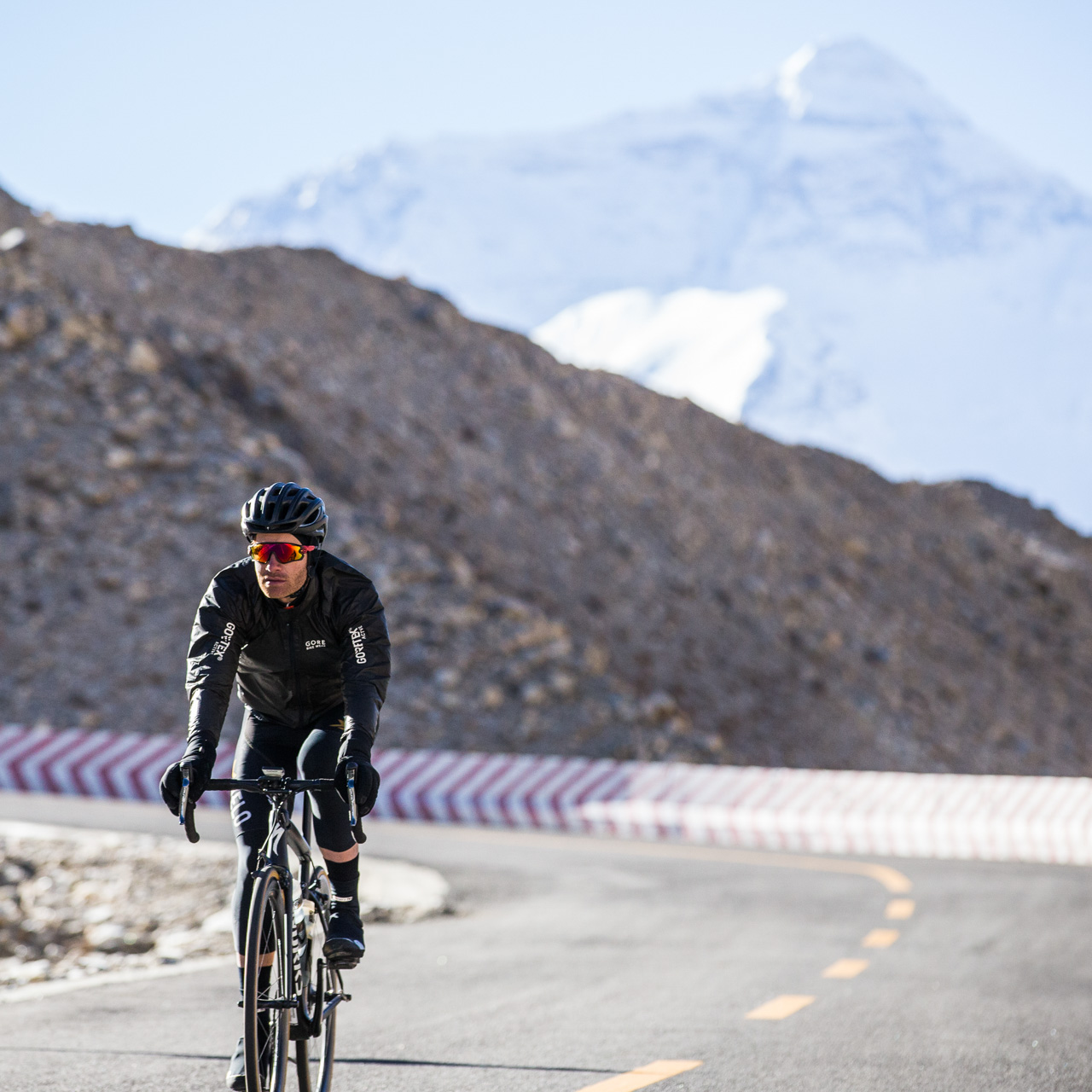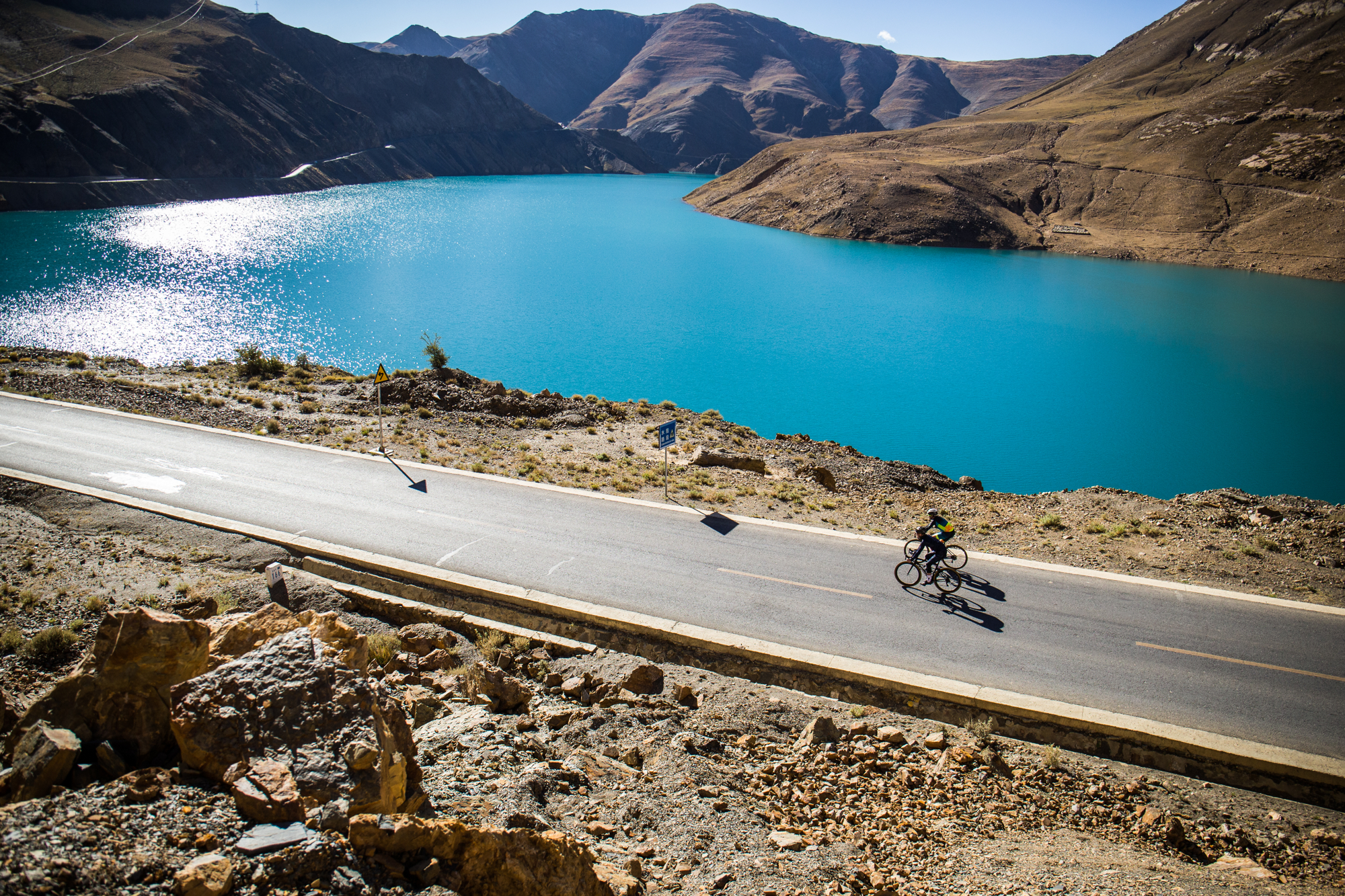What sort of support do you provide ?
We provide a vehicle with bike racks for transporting riders and bikes. The vehicle will follow the riders and provide support during the ride. The van is equipped with tools, spare parts, snack foods and drinks to keep you on the road.
Can distances be altered ?
Yes - we have full support on this trip and you can decide to ride a shorter distance each day.
What is the weather like ?
We've picked the best months to ride in Tibet.
May is mid spring with sunny clear days (and great views of Everest) but chilly at the top of passes.
July is the warmest month but some days Everest is obscured by clouds and it can rain heavily.
September is mid autumn with sunny clear days (and great views of Everest) bit chilly at the top of passes.
Expect temps ranging from -2 (tops of pass)- 25 degrees. Possible rain at anytime in the mountains.
What are the roads like ?
Simply awesome. Many have been newly constructed in the past 5 years.
How will altitude affect me ? How can I prepare for it?
We are traveling to some of the highest roads in the world so the potential for altitude sickness is a concern for many riders. Our trip is designed to allow you to slowly acclimatize over the 13 days and give your system the best opportunity to adapt. We start at the lowest point in Tibet (2949m) and take it easy for the first few days. At altitude this high it’s important not to push your limits till you have acclimatized - this can take anything from 2 days to 10 and its different for each rider.
On our past trips we have had beginner level riders through to highest level amateur racers. Fitness level nor aptitude for cycling are indicators of how well you will go at altitude - everyone is different and science does still not understand exactly why. None of our guests in 4 years of running trips to Tibet have developed serious altitude problems. There have however been some riders that needed to take a day off the bike or get into our support vehicle for some time as they were exhibiting the tell tale signs. We carry oxygen in our support vehicles and always have a vehicle on standby to take a rider to lower altitude if major issues arise.
The best thing you can do to prepare for altitude riding is to ensure that you arrive in Tibet well rested and without a cold. Doing as much training as you can before you come should help you get more out of riding at altitude and you can also do a session in a local altitude training chamber to test the oxygen saturation levels in your blood at a simulation of 5,000m. This can be a good indicator of how well you’ll perform in Tibet. Talk to our team if you have further concerns or questions.


















